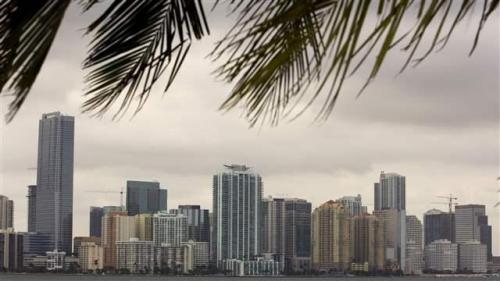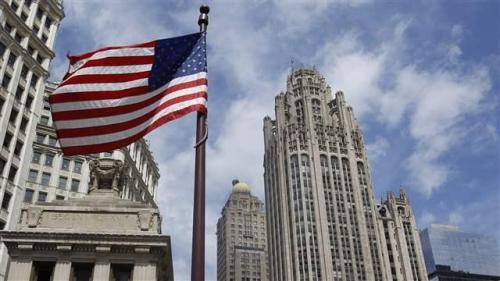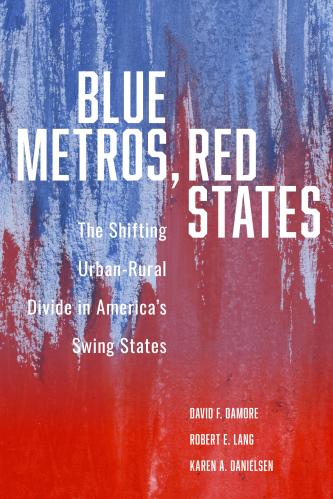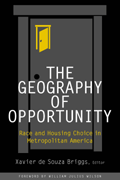Each week this summer a Brookings expert will post a blog related to one of the ten traits of globally fluent metro areas. These 10 traits below have proven to be particularly strong determinants of a metro area’s ability to succeed in global markets, manage the negative consequences of globalization, and better secure its desired economic future. Toronto represents trait 2 – Legacy of Global Orientation.
In the long history of globalization, some cities have possessed an advantageous history or geography. Strategic position on trade routes, seats of government, stock exchanges—all can catalyze an emergent global position, as can basics such as political stability or hospitality for immigration fueled by conflict elsewhere.
These long held characteristics create an inherent inclination to act with global intent, seen in metros like London, Hamburg, and New York.
Cities with a “Legacy of Global Orientation”—the second of 10 traits of globally fluent metro areas listed in our recent report—have also been able to sustain their position by shaping many of the rules of the global game, whether the legal and capital systems, terms of trade, or the operations of ports.
Past prominence of course does not guarantee continued success. Metro areas as diverse as Detroit, Manchester, and Rome have all become less globalized compared to their previous peak. Equally, others are proving that it is never too late to take advantage of changing dynamics.
Metro areas that seize the historical moment can achieve lasting benefits. Toronto is an example of a metro that responded purposefully to a convergence of unique circumstances between 1945 and 1970.
Its location next to booming markets along the U.S. Eastern Seaboard facilitated rapid manufacturing growth. At the same time, widespread political instability elsewhere and prevailing British Commonwealth trade links meant a secure Toronto came to be seen as an attractive place for business. Entrepreneurial and investor immigrant communities flocked to Toronto, drawn by the dense local market, mature trade links, and existing pockets of diversity. The comparatively smooth integration of these immigrants led many to describe Toronto as “the city that works.”
Metro areas need to make the most of both internal political developments and global economic megatrends if they are to join the pathway to globalization. Toronto’s displacement of Montreal as Canada’s unrivaled business center was accelerated by secessionist fears among the Anglophone business community in Quebec. Moreover the balance tipped toward Toronto just as the financialization of the global economy, and the growing role of creative and cultural sectors in urban competitiveness (where Toronto already had anchor institutions), began to take shape. Toronto’s pathway to becoming a global city was thus shaped by factors beyond its control but fashioned locally by an emerging Canadian business elite that clustered in the city at the right time.
The pathway to global fluency for a metro area is not simple, and nor is there a conclusive end-point. In our current cycle, the character of technology, communications, and infrastructure is lowering the barriers to global entry for metropolitan areas. The ebbs and flows of international trade, the changing geography of growth, and the pace of urbanization, means that “middleweight” metro areas are able to compete successfully in globalizing sectors and establish a global identity. We expect a new generation of global cities to emerge in the next two decades. Who they will be depends upon how far metro leaders can leverage their advantageous linkages with the current global drivers of trade.









Commentary
The 10 Traits of Globally Fluent Metro Areas: Toronto’s Well-Played Global Hand
July 1, 2013